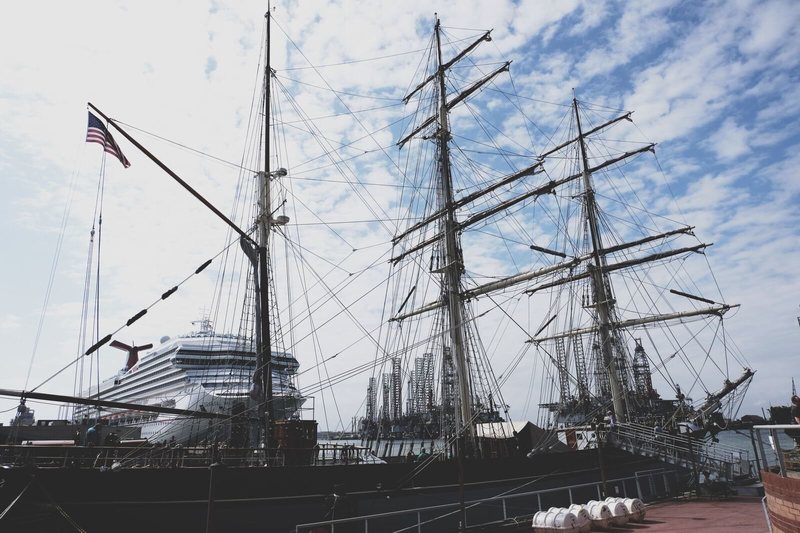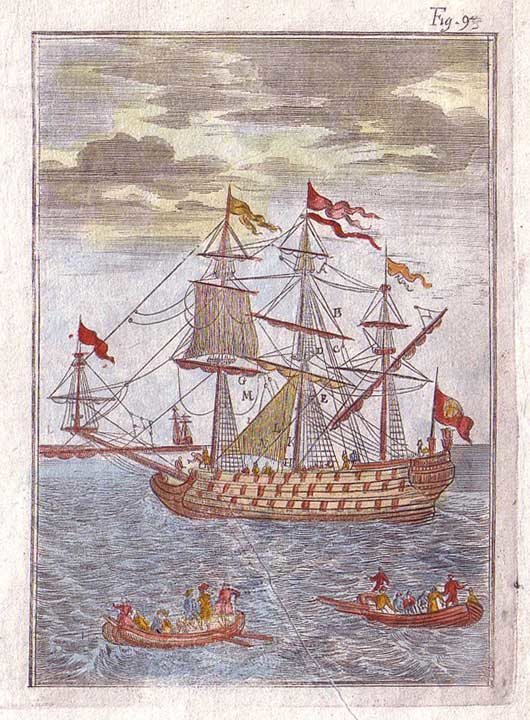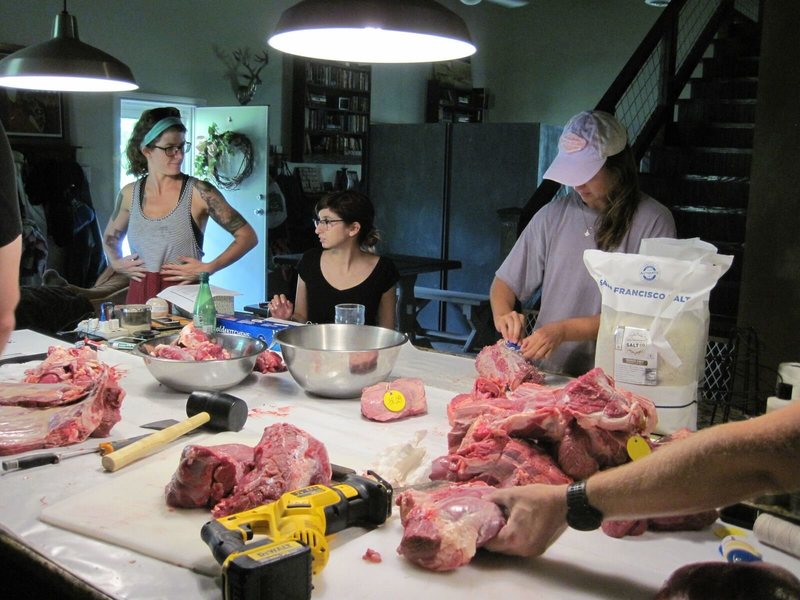
Sailors in the 17th century had it rough. For months, they were away at sea, sustaining themselves on an unsteady diet that included brined beef, dirty water, and tough crackers known as ship biscuit. In the days before pasteurization, seasickness likely came more often from the food than the waves.
A handful of cookbooks and ship journals detail the odious smells and tastes of 17th-century ship fare. But we can only imagine the decomposing food and its effect on the health of sailors.
Until now, that is. These questions led Grace Tsai, a PhD student specializing in nautical archaeology, to recreate ship food aboard an old-timey vessel. She and her fellow researchers at Texas A&M University have spent over three years on what they dubbed the Ship Biscuit & Salted Beef Research Project. They’re now analyzing beef as gnarly as what sailors ate, and are planning to give the rest of us a taste of a sailor’s life.

In August, the team mounted their barrels of ship food, which included salted beef, ship biscuits, peas, and beer, aboard the Elissa in the port of Galveston, Texas. Their model was the English galleon the Warwick, a ship sunk by a hurricane in Bermuda’s Castle Harbor in 1619. A team of archaeologists began excavating the Warwick’s remains in 2010. Among the wreckage, they discovered glass shards containing beer and wine, as well as cow bones. So Tsai packed for Bermuda.
“There are just a handful of ships where you can find remains like this,” Tsai says. “We have a good archaeological record of the bones that are on board.” Studying those (mostly beef) bones gave Tsai a sense of the cuts of meat sailors brought—knowledge she used to butcher beef for the Elissa. Working from an additional year of archival research, she and her team slaughtered and butchered a hog and steer, then made salted food according to a 1682 recipe. Each food and drink put onboard was the product of a similar process, and the plan was to let everything sit for two months.

…
The post The Grim Food Served on 17th-Century Sea Voyages Wasn’t All Bad appeared first on FeedBox.